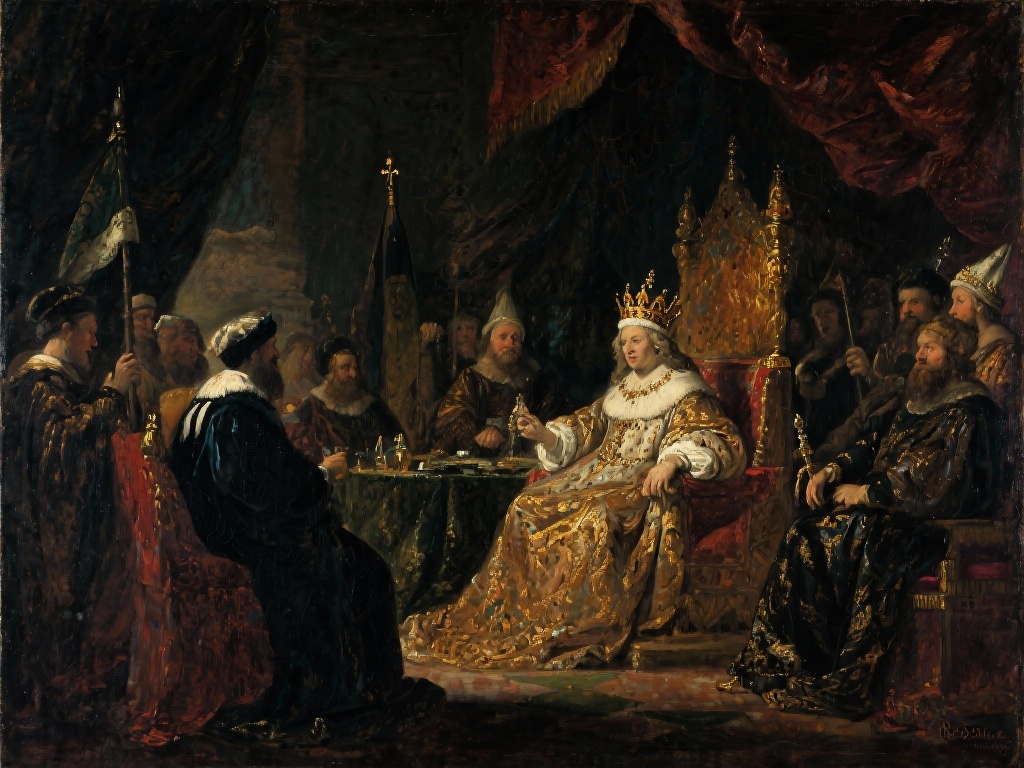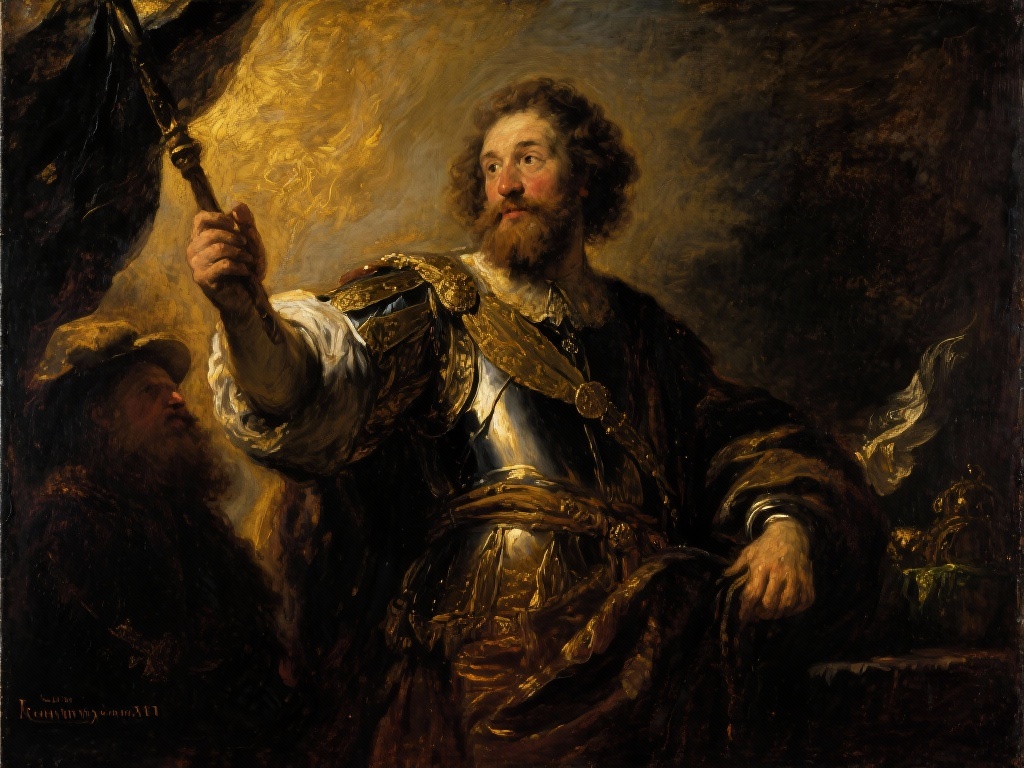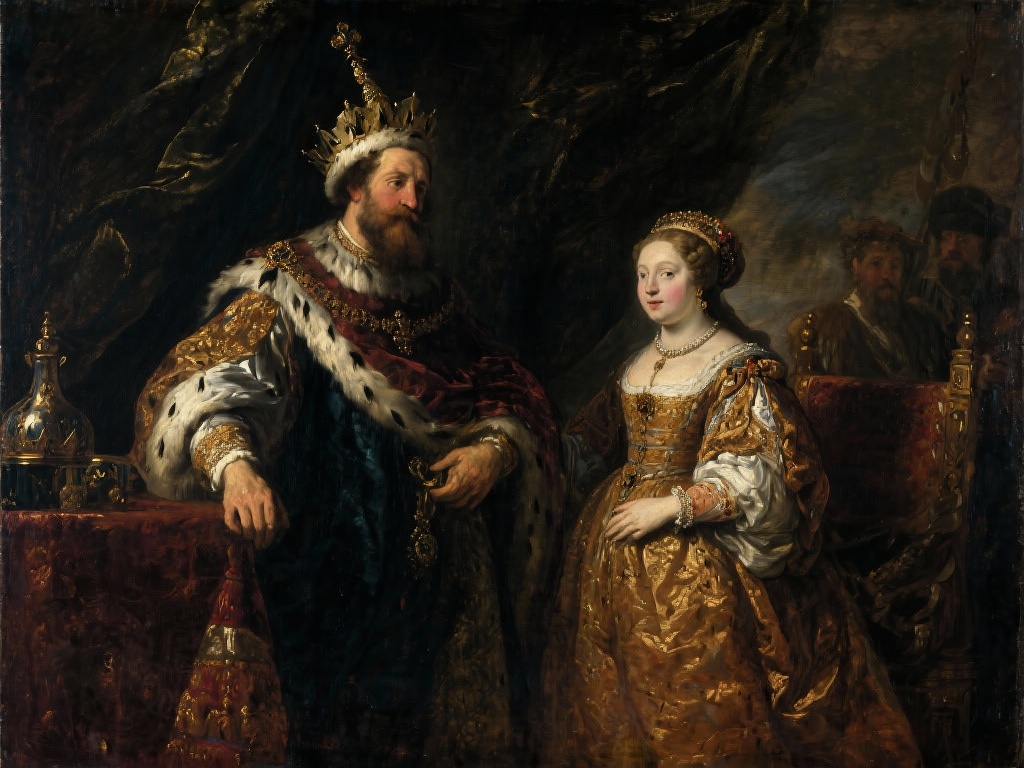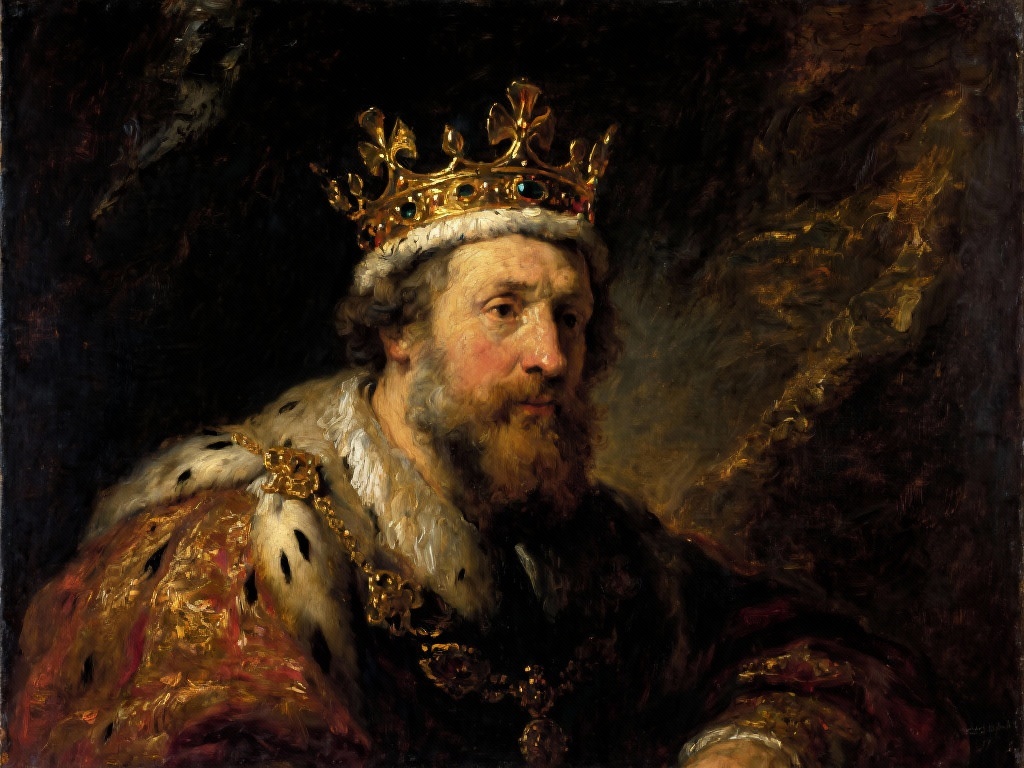Imagine England torn apart by thirty years of brutal civil war, where brothers fought brothers and royal blood stained battlefield after battlefield. This was the reality of the Wars of the Roses, a devastating series of conflicts that raged from 1455 to 1485 between two rival branches of the royal Plantagenet family tree – the House of Lancaster (symbolized by the red rose) and the House of York (represented by the white rose).
These weren’t just ordinary wars – they were dynastic struggles that would fundamentally transform medieval England forever. The conflict began with succession disputes and the weak rule of Henry VI, escalated through some of the bloodiest battles in English history, and ultimately ended the Plantagenet dynasty that had ruled for over 300 years. What emerged from this chaos was something entirely new: the Tudor dynasty, established when Henry Tudor defeated Richard III at the Battle of Bosworth Field and married Elizabeth of York, symbolically uniting the warring houses.
The story you’re about to discover involves missing princes, foreign conspiracies, a mother’s relentless determination, and a final battle that changed the course of English history. By the time these wars ended, the feudal system was breaking down, Parliament’s role was strengthening, and England was stepping into a new era that would eventually produce some of its most famous monarchs.
What Caused the Wars of the Roses?
The Wars of the Roses erupted from a perfect storm of weak royal leadership, disputed succession claims, and political instability that began when Henry VI suffered a complete mental breakdown in 1453. This crisis exposed the fundamental weakness of Lancastrian rule and gave the House of York the opportunity they needed to press their competing claim to the English throne.
The roots of this conflict actually stretched back much further than most people realize. The trouble began in 1399 when Richard II was deposed by his cousin Henry Bolingbroke, who became Henry IV. This usurpation created two competing branches of the Plantagenet family tree – the Lancastrians descended from Henry IV and the Yorkists who traced their lineage back through an older line. For decades, this tension simmered beneath the surface of English politics.
Henry VI’s Mental Breakdown and Political Crisis
Everything came to a head in 1453 when Henry VI suffered a catastrophic mental collapse upon learning of England’s devastating loss of Bordeaux to the French. The king became completely catatonic, requiring physical carrying and showing no response to his surroundings – not even the birth of his son could snap him from this zombie-like state.
For over a year, England effectively had no functioning monarch. This governmental vacuum forced Parliament to appoint Richard, Duke of York as protector of the realm. When Henry VI finally recovered his senses in 1455, the political damage was already done. York had tasted power and wasn’t willing to give it up easily, while the Lancastrian court saw him as a dangerous usurper.
The Succession Dispute Between York and Lancaster
The fundamental dispute boiled down to a simple but devastating question: who had the better claim to the English throne? The Lancastrians argued that Henry VI’s grandfather, Henry IV, had rightfully claimed the crown through conquest and Parliament’s acceptance. The Yorkists countered that their claim was actually older and more legitimate, tracing back through the female line to an earlier son of Edward III.

This wasn’t just an academic debate – in medieval England, royal legitimacy was everything. A king without a solid claim faced constant rebellion, while a strong claim could rally nobles to your cause even against overwhelming odds. The stage was set for a conflict that would consume England for the next three decades.
Timeline of Major Battles in the Wars of the Roses
The Wars of the Roses unfolded in three distinct phases, each marked by decisive battles that shifted the balance of power between York and Lancaster. Understanding this timeline helps you see how thirty years of conflict gradually transformed from political disputes into full-scale civil war and ultimately led to the rise of the Tudor dynasty.
Phase One: The Struggle for Control (1455-1461)
The wars officially began at the First Battle of St Albans on May 22, 1455, when Richard, Duke of York’s forces clashed with Henry VI’s royal army. This relatively small engagement killed several prominent Lancastrian nobles and demonstrated that the political crisis had moved beyond negotiation to open warfare.
However, the truly decisive moment came six years later at the Battle of Towton on March 29, 1461 – the largest and bloodiest battle of the entire wars. Fighting in a blizzard on Palm Sunday, Edward IV’s Yorkist forces crushed the Lancastrian army in a battle that contemporary sources claimed left 28,000 men dead. This staggering victory secured Edward IV’s claim to the throne and seemed to end Lancastrian hopes permanently.
Phase Two: Yorkist Challenges and Lancastrian Resistance (1461-1471)
Just when it seemed the wars were over, new challenges emerged. Edward IV faced ongoing Lancastrian resistance, but more dangerously, he alienated his most powerful supporter – Richard Neville, Earl of Warwick, known as “the Kingmaker.” Warwick’s disaffection led to a shocking alliance with Margaret of Anjou, Henry VI’s fierce queen, resulting in Henry VI’s temporary restoration to the throne.
This phase climaxed with two crucial battles in 1471. At Barnet, Edward IV defeated and killed Warwick, while at Tewkesbury, the Yorkists secured final victory over the Lancastrians. The Battle of Tewkesbury was particularly significant because it resulted in the death of Prince Edward (Henry VI’s heir) and led directly to Henry VI’s mysterious death in the Tower of London shortly afterward.
Richard III and the Princes in the Tower Mystery
Perhaps no aspect of the Wars of the Roses captures public imagination more than the controversial reign of Richard III and the disappearance of the Princes in the Tower. This mystery has inspired countless books, movies, and debates among historians, touching on fundamental questions about power, legitimacy, and family loyalty in medieval England.

How Richard III Claimed the Throne
When Edward IV died unexpectedly in 1483, he left behind two young sons: twelve-year-old Edward V and nine-year-old Richard, Duke of York. As their uncle and Lord Protector, Richard III was supposed to guide the realm until Edward V came of age. Instead, he made a move that shocked the medieval world.
Parliament received testimony claiming that Edward IV had been secretly married to another woman before his public marriage to Elizabeth Woodville. Under church law, this would have made Edward’s later marriage bigamous and his children illegitimate. Whether this testimony was genuine or manufactured remains hotly debated, but it provided Richard III with the legal justification he needed to claim the throne for himself.
What Happened to the Princes?
The two young princes were housed in the Tower of London for Edward V’s planned coronation, but after Richard III claimed the throne, they simply vanished from public view. The last reliable sighting placed them playing in the Tower gardens during the summer of 1483.
Most historians assume the princes were murdered, though definitive evidence has never been found. Richard III remains the prime suspect – he certainly had the most to gain from their deaths and the best access to them. However, other theories point to Henry Stafford, Duke of Buckingham, or even Henry Tudor himself as potential culprits. The fact that the 1483 rebellion initially aimed to rescue the princes but quickly shifted to supporting Henry Tudor suggests that Buckingham knew they were already dead.
Henry Tudor’s Exile and French Support
While England tore itself apart in civil war, the future Henry VII was living in exile, carefully building the network of support that would eventually bring him to the English throne. His fourteen-year exile in Brittany and France reveals the crucial role that foreign intervention played in determining the outcome of the Wars of the Roses.
Fourteen Years in Brittany
Henry Tudor fled to Brittany after the Battle of Tewkesbury in 1471, initially by accident – adverse weather forced his ship to land in Breton territory when he was actually trying to reach France. Duke Francis II of Brittany provided shelter but maintained Henry and his followers as valuable political prisoners, resisting both English bribery and diplomatic pressure for their return.
This “genteel custody” lasted for years, with Henry living in relative comfort but constant uncertainty. The English repeatedly tried to negotiate his return, and in 1476, Henry nearly surrendered himself, believing promises of safe conduct. Only a last-minute warning from Bishop John Morton saved him from what would likely have been execution.

Why France Supported Henry’s Invasion
Everything changed when Richard III controversially seized the throne in 1483. The French court, led by King Charles VIII, recognized a golden opportunity to support a claimant with legitimate grievances against the English crown. Charles VIII provided Henry with crucial support: 3,000 livres tournois for clothing his followers, comfortable lodgings in Sens for English exiles, and most importantly, permission to recruit men and raise an invasion army.
This French support proved decisive. Without it, Henry Tudor would have remained just another exile with a distant claim to the throne. With it, he became a genuine threat to Richard III’s rule and the leader of a growing coalition of English nobles who had grown dissatisfied with the controversial king.
The Battle of Bosworth Field Ends the Wars
On August 22, 1485, the Wars of the Roses reached their dramatic conclusion on a battlefield in Leicestershire. The Battle of Bosworth Field would prove to be one of the most consequential encounters in English history, ending both the Plantagenet dynasty and Richard III’s controversial reign in a single morning’s fighting.
Richard III’s Final Charge and Death
Despite being outnumbered – Henry Tudor’s forces totaled just over 4,000 men while Richard III commanded nearly 10,000 – the battle’s outcome was far from certain. Richard III was an experienced military commander, and many of Henry’s supporters had yet to prove their loyalty in actual combat.
The turning point came when Richard III made a fateful decision. Seeing Henry Tudor’s banner across the battlefield, Richard led a desperate personal charge aimed at killing the pretender and ending the fight immediately. It was a bold move that nearly succeeded – Richard cut down Henry’s standard bearer and came within striking distance of Henry himself.
But the king’s horse became trapped in boggy ground, and when the Stanley brothers finally revealed their true loyalties by intervening for Henry, Richard found himself surrounded and outnumbered. He died fighting on foot, becoming the last English monarch to die in battle. Contemporary accounts describe him as fighting “like a wild boar” until the very end.
How the Crown Passed to Henry VII
Following Richard’s death, his crown was reportedly found in a hawthorn bush and brought to Henry Tudor, who was proclaimed king on nearby Crown Hill. This symbolic moment marked the end of over 300 years of Plantagenet rule and the beginning of the Tudor dynasty that would rule England until 1603.

The victory at Bosworth effectively ended the Wars of the Roses, though some final Yorkist resistance remained. The last gasp came at the Battle of Stoke Field in 1487, where Henry VII decisively defeated a rebellion supporting the pretender Lambert Simnel. With that victory, the Tudor hold on the throne was finally secure.
How the Tudor Dynasty United England
Henry VII understood that military victory alone wouldn’t end thirty years of dynastic warfare. To truly unite England, he needed to address the fundamental legitimacy issues that had caused the Wars of the Roses in the first place. His solution was both simple and brilliant: marry into the rival house and create a new dynasty that combined both claims.
The Marriage That Ended the Wars
In 1486, Henry VII married Elizabeth of York, daughter of Edward IV and the Yorkist claimant to the throne. This wasn’t just a political alliance – it was a symbolic unification of the warring houses. The white rose of York and the red rose of Lancaster merged into the Tudor rose, representing a new beginning for England.
The marriage achieved what thirty years of warfare couldn’t: it gave Henry’s children legitimate claims from both sides of the royal family tree. More importantly, it offered former Yorkist supporters a path to reconciliation rather than continued resistance. Elizabeth of York’s popularity helped legitimize Henry’s rule among nobles who might otherwise have remained hostile.
Long-term Impact on English Government
The Wars of the Roses transformed England in ways that went far beyond changing dynasties. The conflict decimated the old feudal nobility – many of the great medieval families died out or were severely weakened. This created opportunities for new men to rise, fundamentally altering England’s social structure.
Parliament’s role strengthened during this period, as both sides sought legitimacy through legislative approval. The wars also accelerated changes in military tactics, marking the decline of heavy cavalry and the rise of professional armies using longbows and early cannons. Perhaps most importantly, the economic disruption and population decline caused by three decades of warfare forced England to develop new approaches to governance and commerce that would serve it well in the coming Tudor age.
The Wars of the Roses didn’t just end a chapter in English history – they opened an entirely new book, setting the stage for England’s transformation from a medieval kingdom torn by civil war into a Renaissance power that would eventually dominate the world stage.
